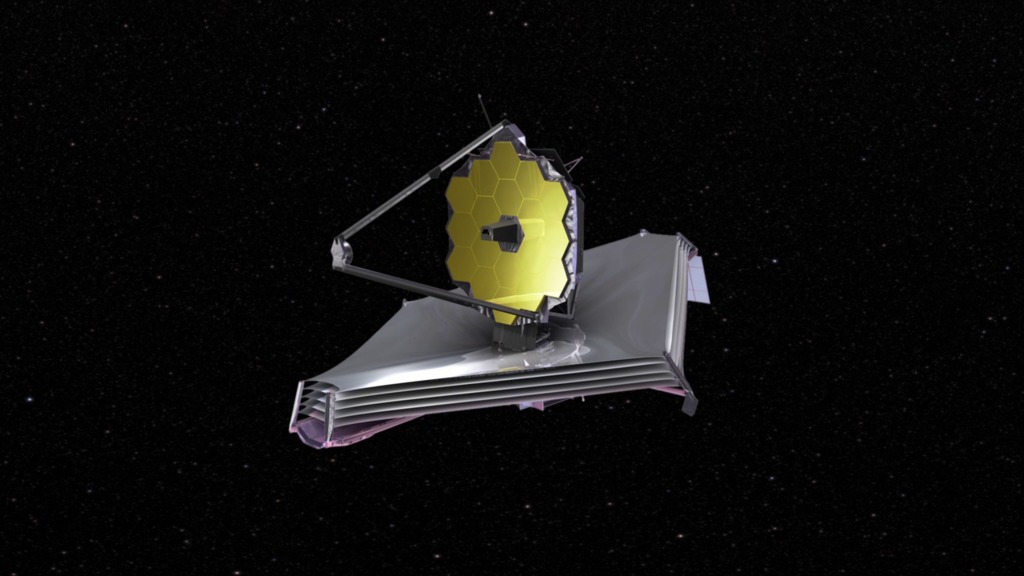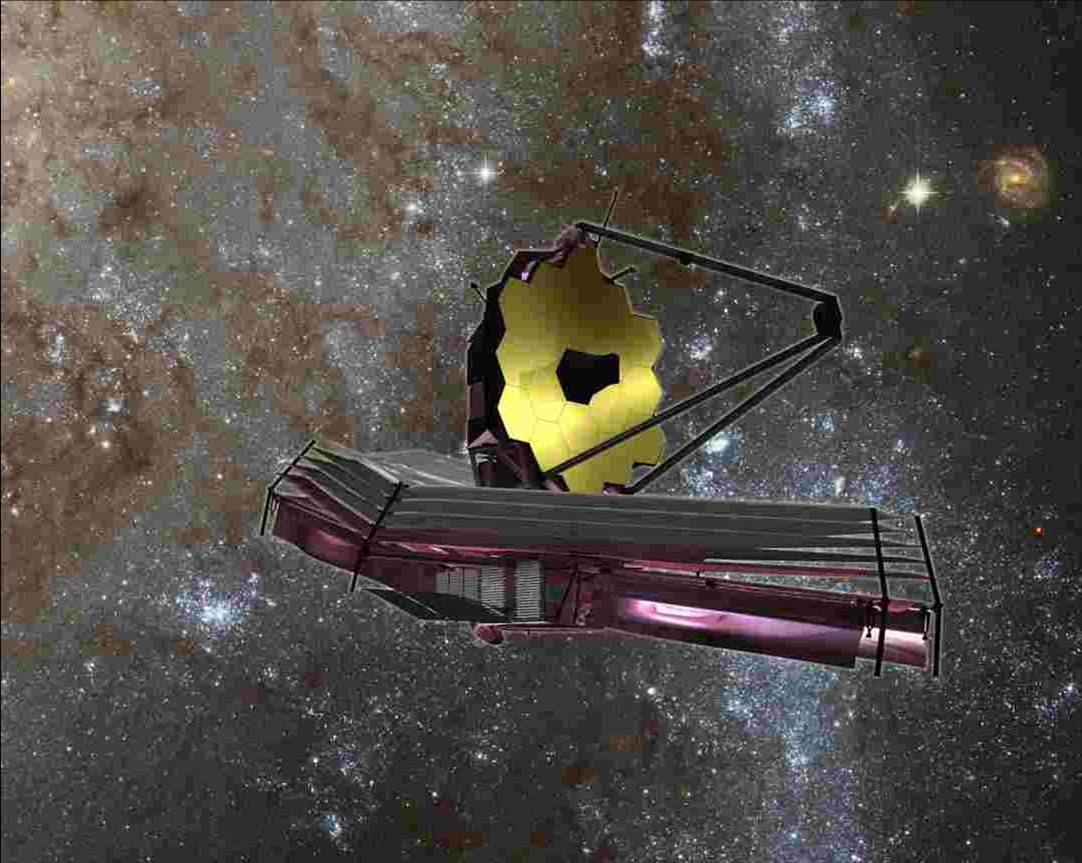Prepare for astounding
investigation, for the Space Telescope Science Institute (STScI) has elaborated
the 13 proposals that will compromise the initial set of scientific
observations carried out by the highly anticipated James Webb Space Telescope
(JWST). The James Webb Space Telescope
is a component of NASA’s Next Generation Telescope program that is to be
launched in 2019, developed by NASA, Canadian Space Agency, and the European
Space Agency.
JWST will ultimately provide
unprecedented resolution and amazing sensitivity from the long-wavelength
visible light through the mid-infrared range.
John C. Mather, senior
project scientist for the Webb telescope and senior astrophysicist at NASA’s
Goddard Space Flight Center, Greenbelt, Maryland spoke out about the telescope
in a news release: “I’m thrilled to see the list of astronomer’s most
fascinating targets for the Webb telescope and extremely eager to see the
results. We fully expect to be surprised by what we find.”
The telescope will
facilitate a wide scope of research to be conducted, such as solar
observations, to some of the most distant galaxies currently on record. All
four of the instruments of the JWST will be utilized and its incredible
abilities will be thoroughly demonstrated. Surprise and beauty is expected.
Obviously, physicists and
astronomers are excited and looking forward to use the JWST and rightly so. The
level of thrill is so high that the STScI received eight times higher the
average amount of requests for subscription to the Early Release period than it
could facilitate. “It is a highly competitive field,” Neill Reid of the STScI
revealed to Futurism.
Niell Reid also went on to
say: “Webb is a six-and-a-half meters. There’s orders of magnitude increase in
sensitivity with that, so there’s really an enormous area of discovery space.
You can do bright objects much much faster. You can do much fainter objects
than you could have ever done before with any telescope.”
Deputy senior project
scientist for the JSWT also added onto the conversation: “In order to see
things fainter, we need a larger telescope to collect more light.”
According to the Gardner, the
JWST possess several advantages over the Hubble Telescope, especially with its
major strength being able to see back in time, allowing scientists to observe
and analyze remote, dull galaxies in their early formations. Another reason for
JWST’s growing popularity is its operation time is limited-- to miss the chance
of potentially operating is upsetting, to say the least.
Reid spoke out on the reason
as to why the time frame exists, saying that: “the limiting factor for Webb is
basically fuel. Because it’s working in infrared, all of the instruments need
to be kept really cold. The way that that’s done is not by using liquid
nitrogen or anything like that-- there’s a giant Sun shade that unfolds,
basically puts the telescope into the shade.”
Properly operating the
sunshade and moving between different objects demands the adjustment of the
telescope’s orbit which uses rocket fuel. This means that the JWST is to
operate for at least five years, but the team remains hopeful that the
telescope will prevail for at least 10 years of operation.
Despite the short period of
operation, the JWST is expected to deliver new, innovating information
regarding exoplanets.
Gardner also praised the
telescope, telling Futurism about a program chosen to be part of the Early
Release period that will utilize the coronagraphy process. Coronagraphy allows
scientists to observe the characteristics of the planet’s atmospheres as they
travel in front of their stars.
“One of the most exciting
things, I think, is that as the planets is transiting the star, the light from
the star actually goes through the atmosphere of the planet and reaches our
telescope. When we subtract that out, we can get a direct spectrum of the
atmosphere and determine its constituents.”
Do expect more-- these are
only the earliest plans for the JWST and after taking into consideration the
fact that the telescope is hypothesized to operate for at least a decade, JWST
could provide a much more universal amount of information and insights to the
scientific community before its final days.
Source





